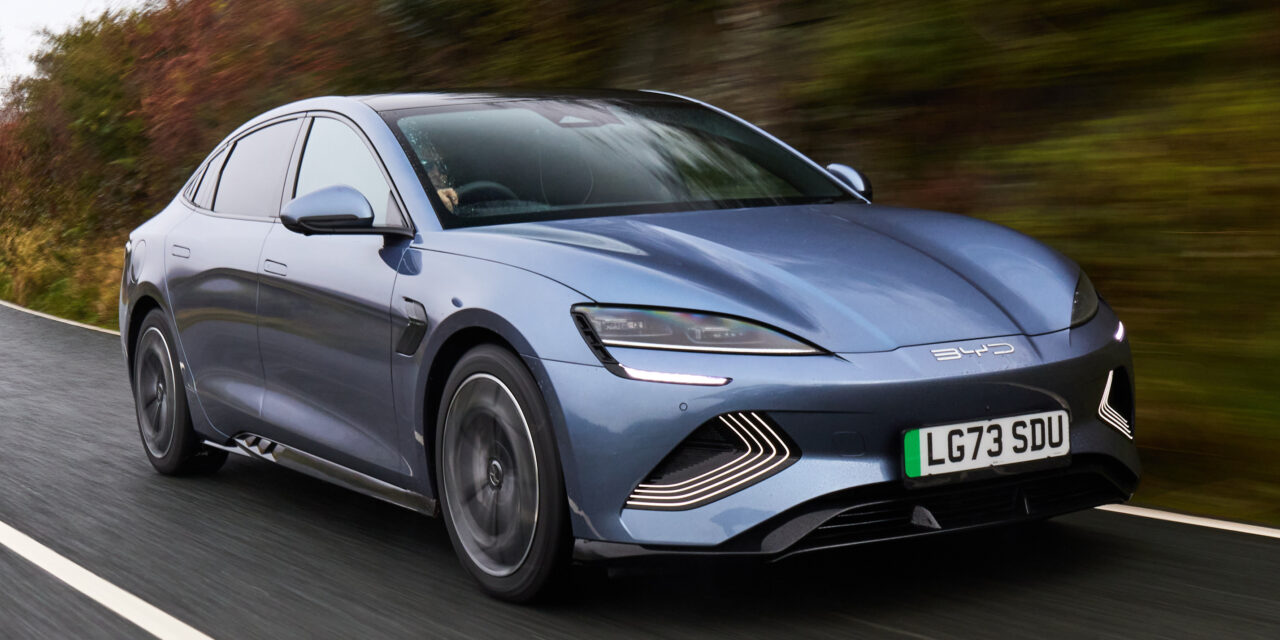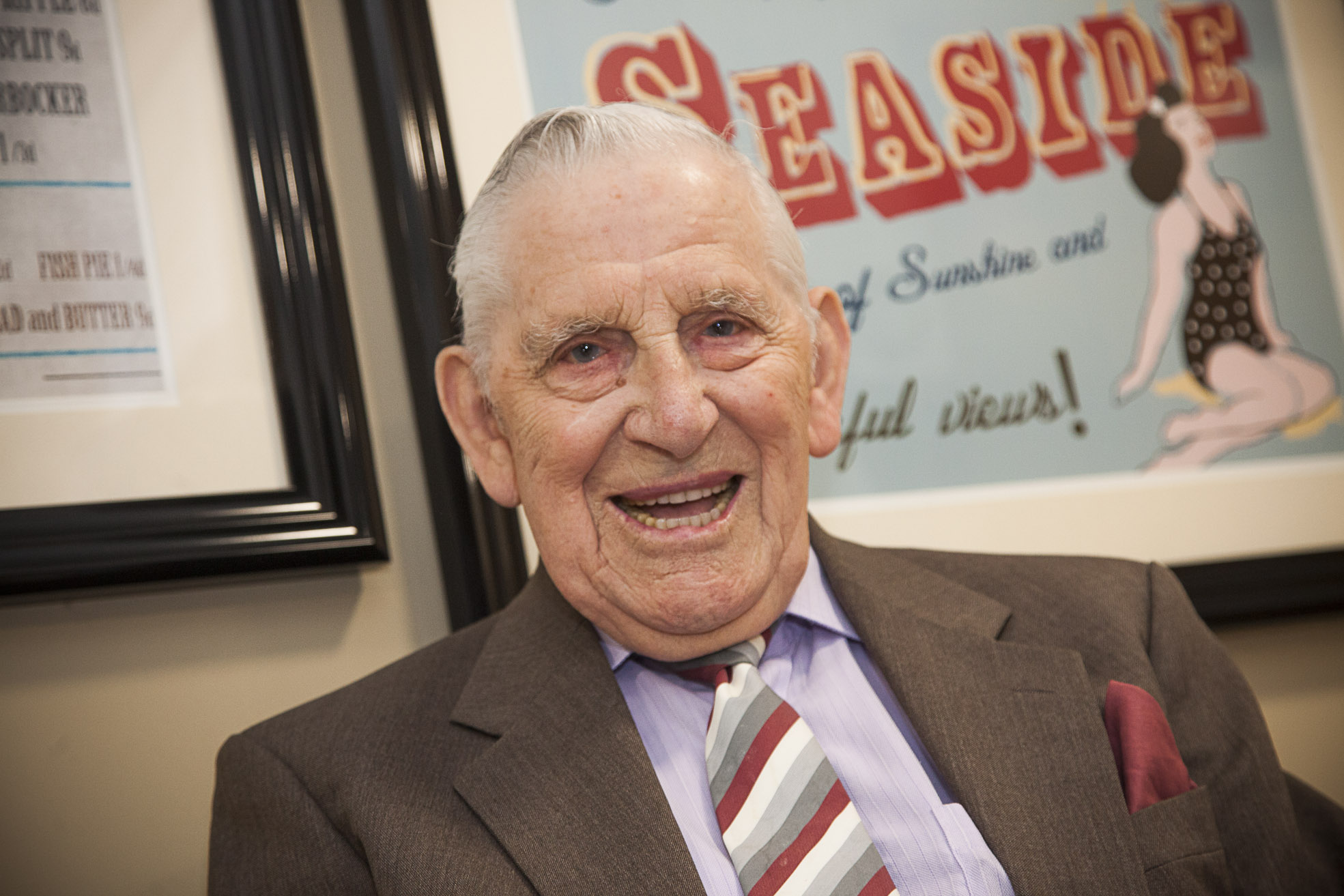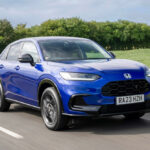Wow. No, make that a double wow.
This is the Seal, a stunning showstopper from Chinese electric car builder BYD.
The company is new to Europe and the UK launching Atto 3, a mid sized electric SUV, in March followed by the Dolphin family hatchback, reviewed here last month. With Seal the company has its sights set on the premium market and if this anything to go by then the likes of BMW, Audi, Mercedes-Benz and Jaguar have a serious new rival to worry about.
We might not have heard about BYD (Build Your Dreams) but it has been building cars for nearly 20 years, using its expertise as a battery maker to produce everything needed for an electric car including semi conductors, the little electronic gizzmo that brought the car industry to a standstill during the Covid outbreak because there were hardly any around.
A fifth of the world’s supply of semi conductors comes from BYD so there will always be plenty on the shelf for their cars.
It has also developed an ingenious battery pack that is part of the car’s construction and contributes to its safety cell. The slimline pack is long, sitting between the axles, and super safe, apparently, because it is composed of cobalt free lithium iron-phosphate which is less likely to catch fire and lasts longer than the lithium-ion batteries used by everyone else.
For all that it is the Seal’s sleek outline that catches the eye and that is thanks to former Alfa Romeo designer Wolfgang Egger.
Like Dolphin the stunning Seal has design elements inspired by the ocean so I would direct you to the front running lights and rolling design of the dashboard to see if it conjures up waves and sea swells. The dashboard did it for me.
The wafer thin battery pack enables the car to sit lower to the ground enhancing its profile but might pose a challenge getting in and out if you are six feet odd and advancing in years. Yet there is no such problem with headroom, back or front, thanks to the low, flat floor. There is plenty of legroom as well.
There is no doubt the Seal’s cabin has an upmarket luxurious look and feel. The leather seats, standard on both models, are superbly cushioned while the cabin trim is undoubtedly premium quality and well thought out.
The bazooka blow has to be the 15.65in central touchpad that has the novelty of rotating from landscape to portrait either by a straightforward voice request, or by pressing a button on the steering wheel.
Let’s get down to the nitty gritty. Is the super looking Seal all style and no substance? Get behind the wheel and the answer is a definite no. My driving partner and I thought we were taking off in the all wheel drive and threw it around a bit on some very wet, challenging Lake District roads. Grip and balance were impressive, even more impressive when we found it was actually the rear wheel drive model.
The all wheel drive, with its four drive modes, was equally impressive and lost none of the comfort in spite of stiffer damping.
The big difference between two and four wheel drive is a huge lump of extra horsepower for the latter. This is the Excellence model and its twin motors dish out a hefty 521bhp throwing you back in the seat as the car hits sixty in under four seconds. Maximum range is 323 miles and 354 miles for the 307bhp rear wheel drive Design which retails at £45,695, £3,000 less than the Excellence.
As with any new company breaking into the market, pricing is ultra competitive as is the specification so you are spoilt for goodies on both models. Safety is also high on the agenda with dozens of driver aids.
As a saloon Seal will not win any awards for boot space but is acceptable, although the aperture is a bit shallow so check before buying bulky items as they might not fit through the gap. There is also a useful 53 litre box under the bonnet.
Seal verdict: Without question my Car of the Year.
Fast facts
Seal Excellence AWD
£48,695
Twin electric motors 521bhp
0-62mph 3.8secs; 112mph
Range 323 miles
Fast 80 per cent charge: 26 mins
Zero emissions. 1st tax £0
Boot: 400 litres










